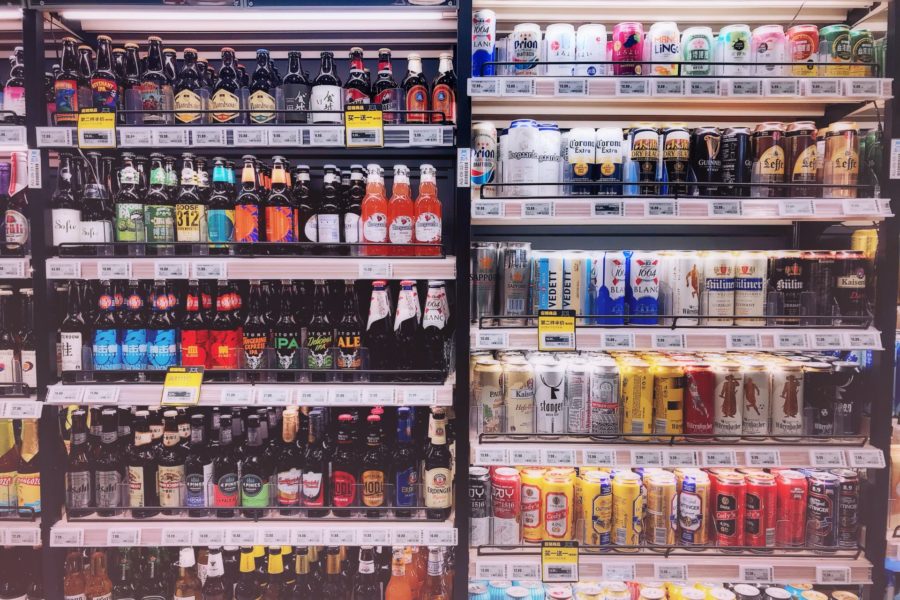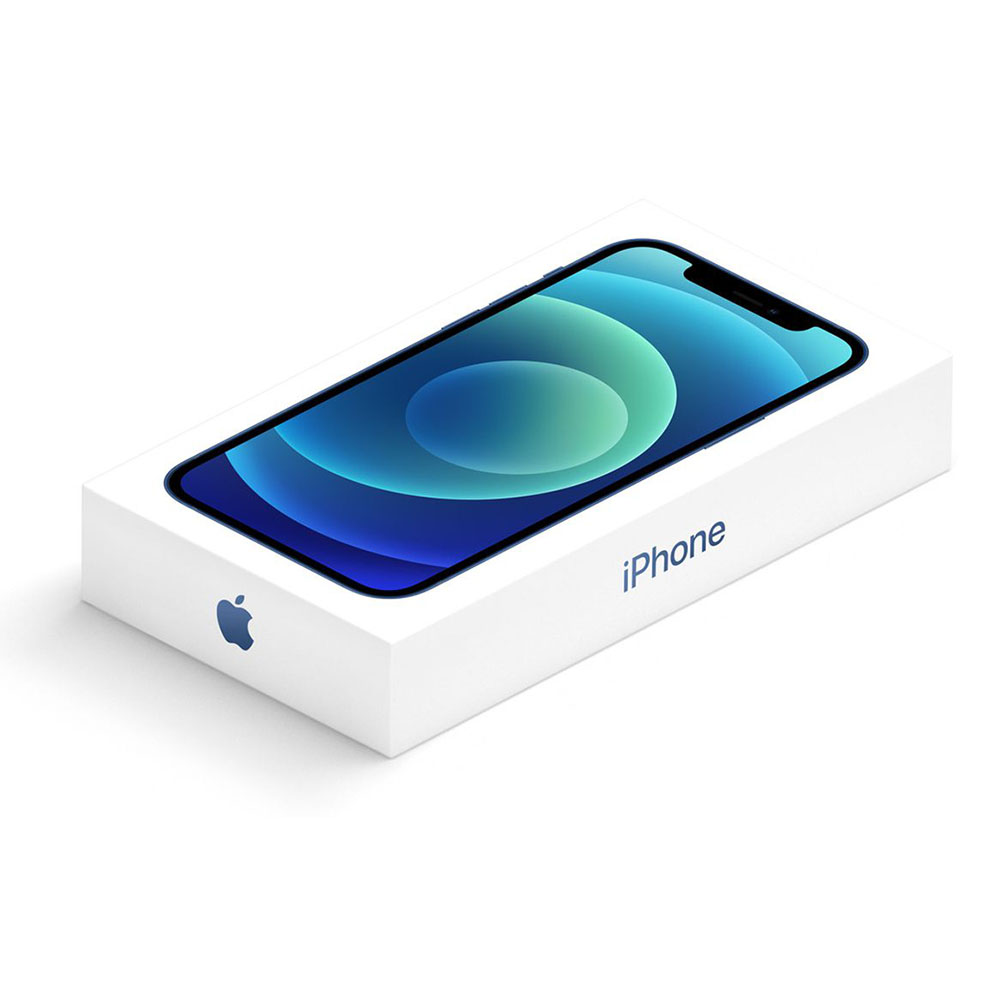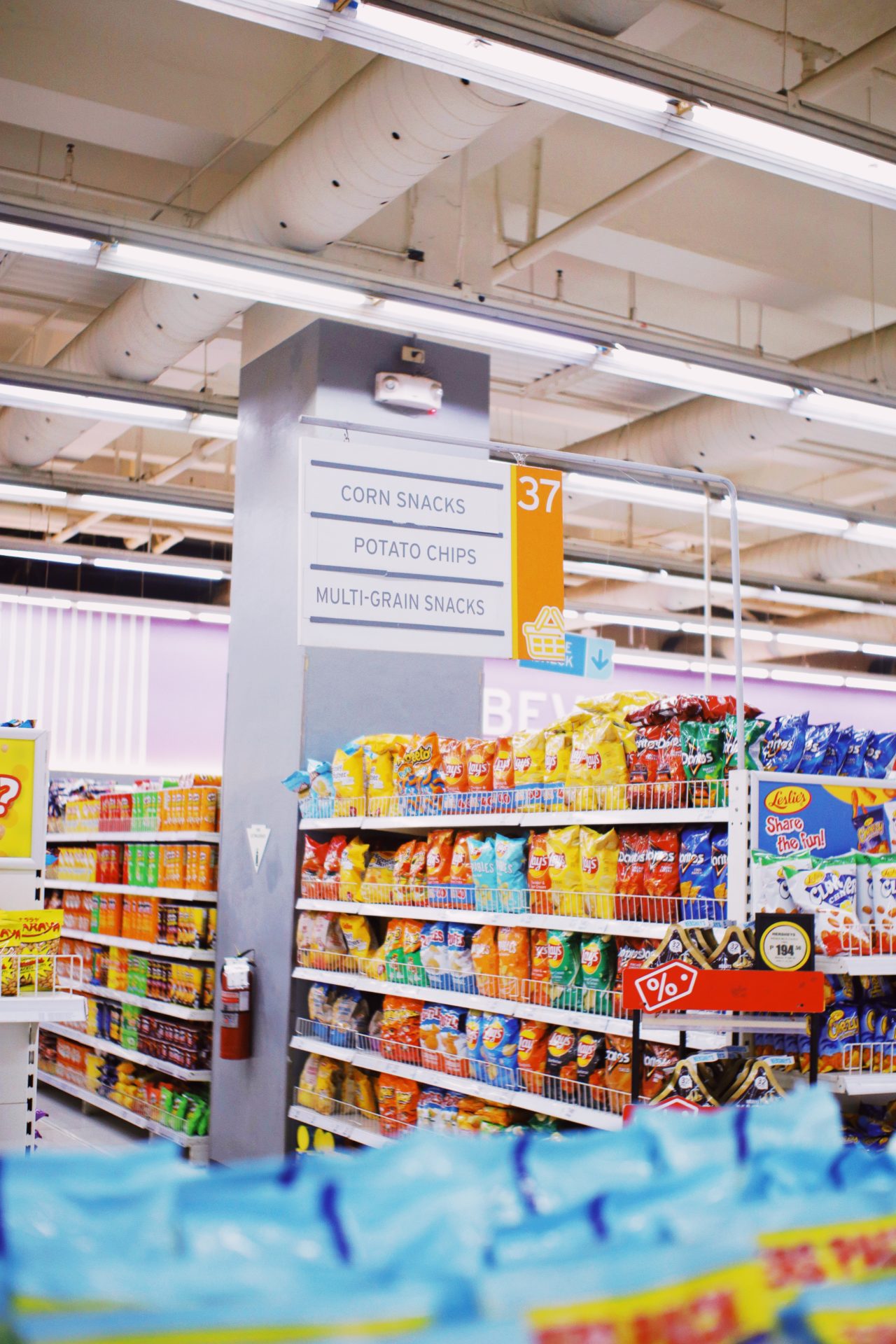While traditional design pulls much of the heavy lifting to craft the appeal of packaging, there’s so much more that goes into creating a package that will win the hearts and minds of your potential customers. Let’s look at how you can use the five senses to improve your packaging design and generate memorable experiences around your brand.
Sight
Look It Up and Down
It’s no secret that the most salient aspect of the packaging experience is a customer’s first look. But there’s actually science and psychology that can guide the visual qualities of packaging design.
Designers can utilize color in a variety of ways to capture the attention of passing eyes. One study observed that certain colors attract the eye more than others (red for the win!). Beyond drawing our attention, color can also elicit an emotional response in the consumer. For example, the color red is connected to feelings of passion or romance, while earth tones draw associations to nature, growth, and health. Color may also simply serve to further brand recognition, utilizing a signature palette to build rapport with consumers.
Aside from the artwork itself, designers can use innovative finishes, forms, and shapes to set apart their package designs and tell the product’s story (think: Mrs. Butterworth’s grandmother-shaped syrup bottle).
Touch
Is This Velvet
Studies suggest that when consumers are able to hold or touch a product, they begin to develop a greater attachment to it and become more likely to make a purchase. This makes it all the more important to craft thoughtful packaging that consumers want to touch.
Touch helps evoke associations in the consumer. The glide of the fingers across the smooth, soft-touch surface of an Apple or Google product box whets the appetite for the beautiful, functional tech inside. Similarly, companies marketing organic or healthy foods often opt for packaging that feels wholesome and natural, replacing glossy plastics and artificial colors with earth tones, tactile matte textures, and sustainable materials to help consumers make that association instantly.
Materials and textures help the consumer understand the value of the item they’re holding. For example, it might be a red flag if you were offered a diamond ring packaged in a cardboard box. Or consider the difference between a drink served in glass versus plastic. There’s something sophisticated about the feel of glass–it creates an elevated, luxurious perception. The feel of the packaging should match, emphasize, and elevate the perceived value of its contents.
Sound
Say What
Have you ever thought about how a package sounds? Though it’s less obvious than sight or touch, nearly every package engages our sense of hearing.
From the signature plastic crinkle of a bag of chips to the satisfying pop as you open a beer, you’d be surprised how many different soundscapes emerge from the world of packaging. The sound of a package is directly linked to the choice of materials used.
Some brands even incorporate the sounds of their products or packaging into their branding. There are memorable examples like the 90’s Pringles jingle (“Once you pop, the fun don’t stop!”), which riffed off the “pop” of opening the can’s malleable plastic lid. Or consider Kit Kat’s signature “break me off a piece” sound effect and jingle, which worked their way into our minds for generations.
If a designer can use intention when considering the sound of a particular product’s packaging, they’ll be more likely to grab the attention and memory of the consumer. Video, web, and social media allow for a plethora of auditory additions to the marketing toolkit. While not strictly “packaging,” these aural elements still shape the overall experience of the product.
Smell
Mmmm….
What does a package smell like? You can probably conjure up memories of cracking open an old book, breathing the smell of unworn rubber soles as you unbox a new pair of shoes, or inhaling the earthy musk of recycled corrugated cardboard as you rip open the latest delivery box.
While scent is one of the variables in packaging that’s hardest to control, it can have a powerful effect on the consumer–especially on the memories they create and associate with your product. The inherent scent of packaging comes from its materials, though fragrances can be added to give an extra sensory factor.
Taste
Once it Hits Your Lips
The last of the five senses is taste. Believe it or not, there is now packaging you can eat, which brings taste front and center in the experience. Born out of a recent industry focus on greater sustainability and less waste, edible packaging allows designers to add taste to their packaging arsenal.
While most other packaging will never be tasted (hopefully), packaging should at least create an anticipation of the product’s taste. This can be achieved by using colors associated with food and taste (think: McDonald’s yellow and red palette), specific photography that highlights the mouth-watering qualities of the product (think: highly-magnified water droplets on a beer can), or through scents that prime the appetite for what’s to come.
Taking It All In
Every designer wants to create packaging that stands out from the rest. By considering the five senses, designers can create packaging that engages consumers, highlights their products, and builds a unique experience customers will never forget.



